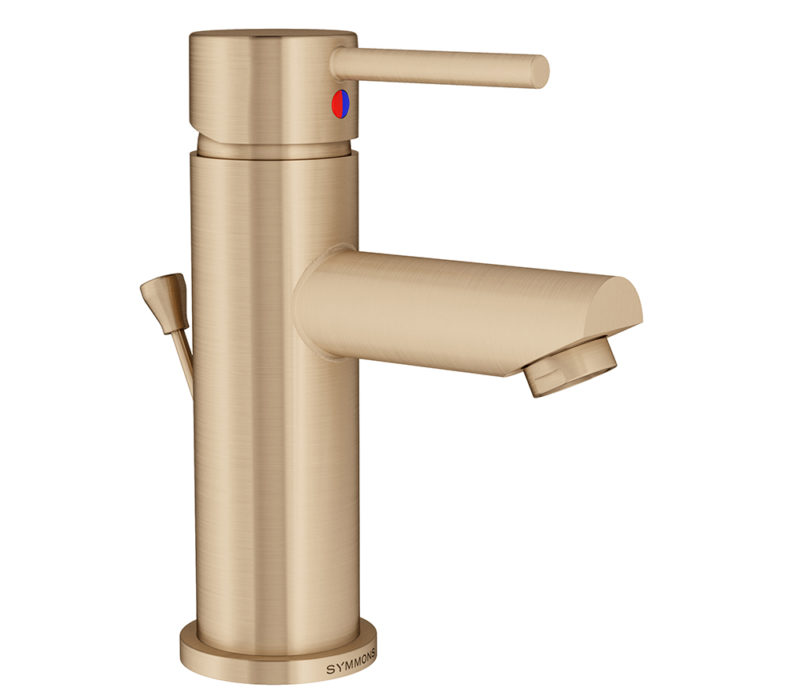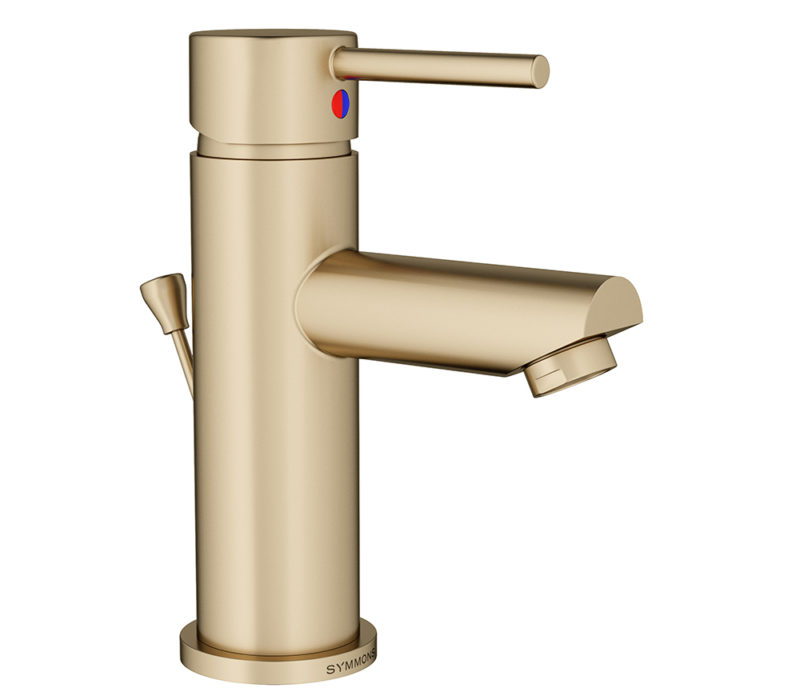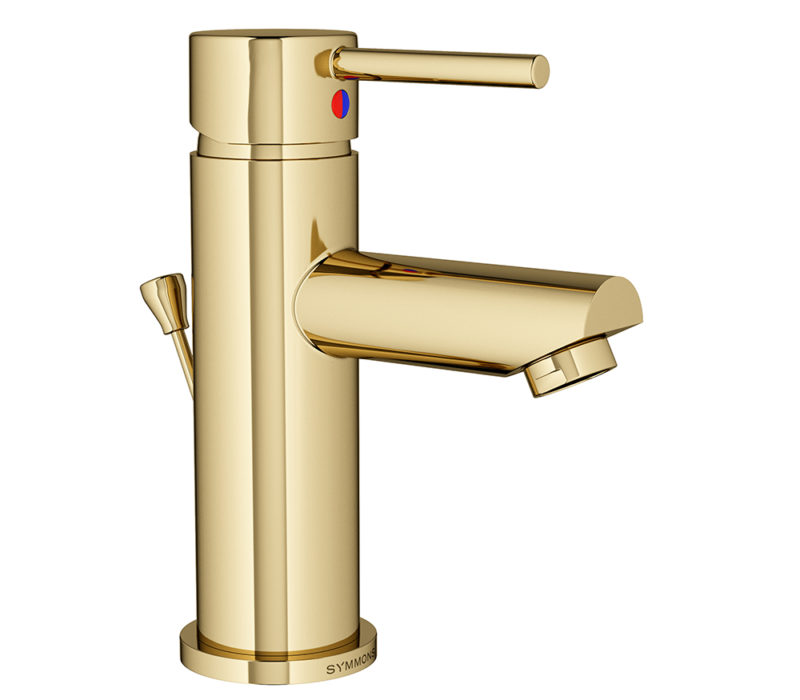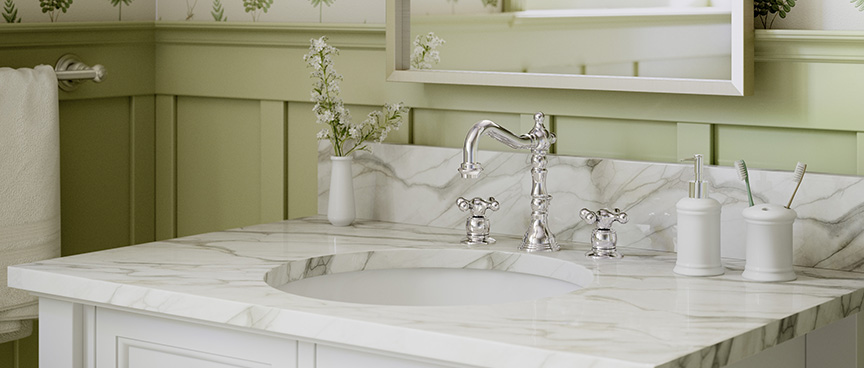Available throughout our collections.

Finish Type: Radiance® PVD
Available For: Dia™, Duro™, DS Creations & Design Studio™

Finish Type: Organic Coating
Available For: Dia™, Duro™ & Design Studio™


Finish Type: Radiance® PVD
Available For: Museo™ & Design Studio™

Finish Type: Radiance® PVD
Available For: DS Creation & Design Studio™



Finish Type: Radiance® PVD
Available For: Carrington™, Dia™, Identity™, Origins™, Sereno™, Unity™, Forza™, Moscato™, Vella™ & Design Studio™

Our Collections are beautiful to look at, but what you don’t see is just as important.
Available for our bespoke faucets, showers, accessories, and more.






Turning art into function. With 20+ years experience and over 800+ successful projects, Symmons® Design Studio™ can create anything imagined.
Electroplating is a process that uses electric current to reduce dissolved metal cations so that they form a thin coherent metal coating on an electrode. Electroplating is primarily used to change the surface properties of an object (e.g. abrasion and wear resistance, corrosion protection, lubricity, aesthetic qualities, etc.).

PVD stands for physical vapor deposition, a process used to create a very durable, corrosion and tarnish resistant finish. This is similar in appearance to highly polished brass. PVD finish is commonly used for bathroom fixtures and entry hardware, which are exposed to frequent moisture and/or salt air.

Organic coating finish is a non-metallic content type coating process. It is a spray lacquer process with a clear coat over spray.

Symmons conducts testing per ASTM D3359 (tape adhesion test) and the ASTM B117 (salt spray chamber test) on all of our coatings. We also conduct water immersion, sand abrasion and cleaning chemical resistance testing. The testing standard referenced is ASME 112.18.1 (plumbing codes standard that we follow) and within this standard both ASTM D3359 and ASTM B117 are referenced. All finishes are produced in the same or very similar manner as our competitors and exceed the Symmons requirements that are more stringent than the basic requirements of ASME A112.18.1/CSA B125.1.